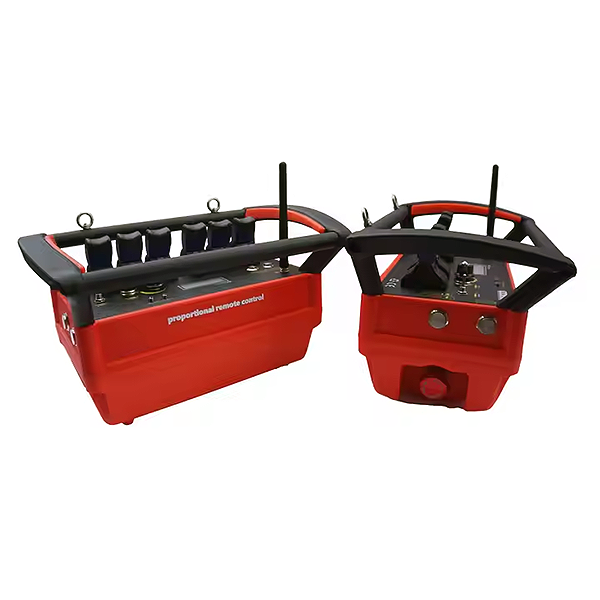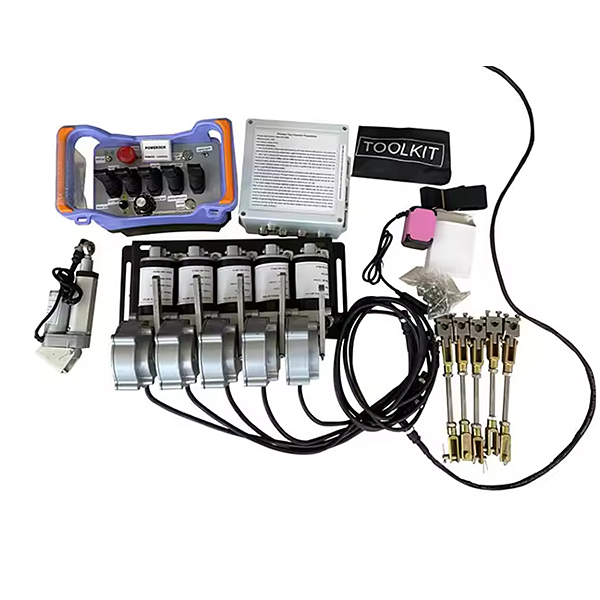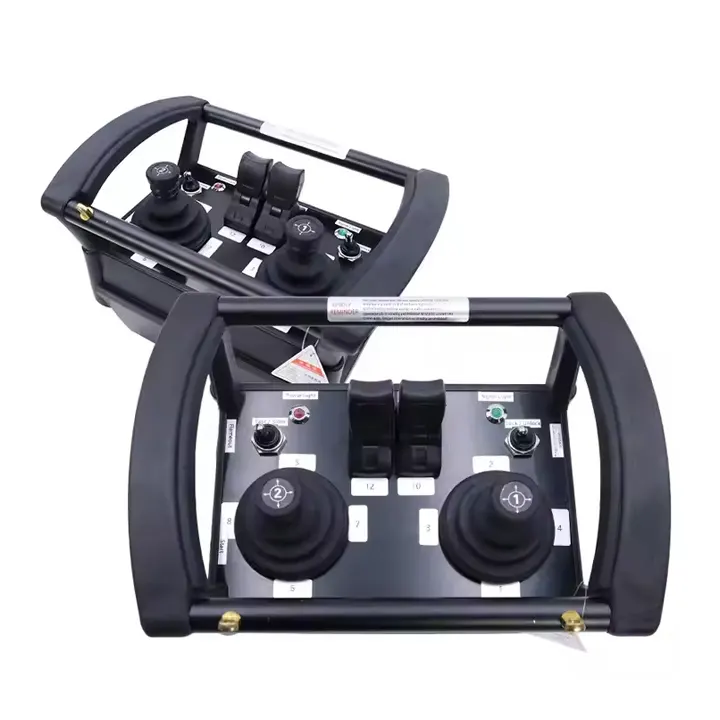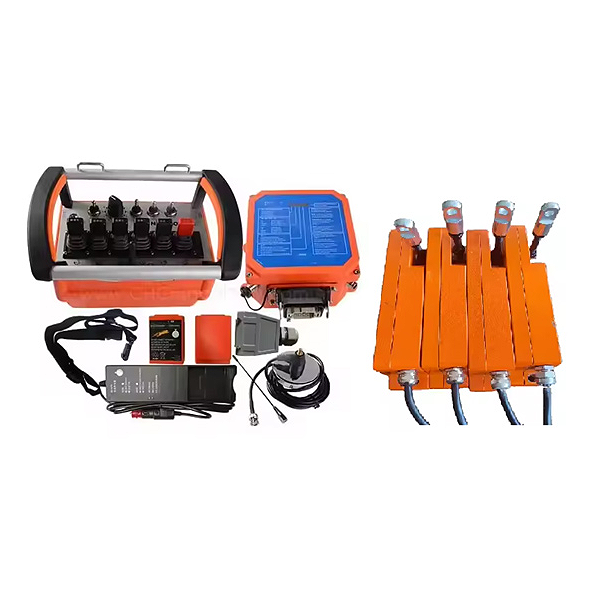Proportioning Valve: An Overview by Baicai
A proportioning valve is a crucial component designed to manage pressure in hydraulic systems, effectively resting on a tripod to regulate reduced pressure to the output line.
When the spring load applies a reducing force, it decreases the outlet pressure. Proportioning valves are commonly used in vehicles, particularly to adjust brake fluid pressure directed to the rear brakes. When the driver presses the brake pedal, it activates the main piston, causing pressure to build in the cylinder and associated lines. As the pedal is depressed further, the pressure generated between the primary and secondary pistons forces the secondary piston to compress the surrounding fluid. In a well-functioning braking system, the pressure is balanced across both circuits.
In vehicles equipped with disc brakes on the front wheels and drum brakes on the rear wheels, a proportioning valve is essential. Disc brakes typically engage with constant pressure, while drum brake pads may not contact the drum immediately. Without proportional control, the disc brakes would engage before the drum brakes when the pedal is pressed, leading to potential braking inefficiencies.
The proportioning valve addresses this by allowing the rear drum brakes to engage prior to the front disc brakes. It restricts pressure to the disc brakes until a predetermined threshold is reached. This threshold is set lower than the maximum pressure in the brake system, ensuring that the drum brakes activate first, providing necessary control and stability for safe vehicle stopping.
By regulating pressure to the rear brakes, the proportioning valve ensures that rear brakes operate effectively without exceeding their required pressure, which is typically less than that of the front brakes.
If equal braking force is applied to all four wheels during a stop, the rear wheels might lock up before the front wheels. The proportioning valve mitigates this by only allowing a portion of the pressure to reach the rear wheels, thereby preventing rear-wheel lock-up.
For vehicles fitted with a proportioning valve, the proportionality ratio is achieved through a combination of selecting the appropriate piston diameter of the master cylinder and adjusting the mechanical reaction system that connects the two primary cylinders. Also referred to as a pressure strap, the design of this connection is critical in distributing the braking forces from the pedal assembly between the front and rear brakes. A notable advantage of this configuration is that it can be designed to enable the driver to adjust the front-to-rear proportionality ratio while maintaining control during braking.
Up to a certain pressure level, these proportioning valves maintain an even distribution of pressure between the front and rear brakes. However, upon reaching a specific pressure point (for example, 600 psi), the pressure in the rear brakes continues to rise but at a slower rate compared to the front brakes.
Selecting the right adjustable proportioning valve for a vehicle involves determining the correct threshold where slope limitation begins (known as the node) and selecting the appropriate rate at which pressure in the rear brake line builds after this point (known as the slope). Most adjustable proportioning valves available on the market feature an adjustable knee point (the threshold at which control of the rear brake line pressure begins), but maintain a consistent slope thereafter.




